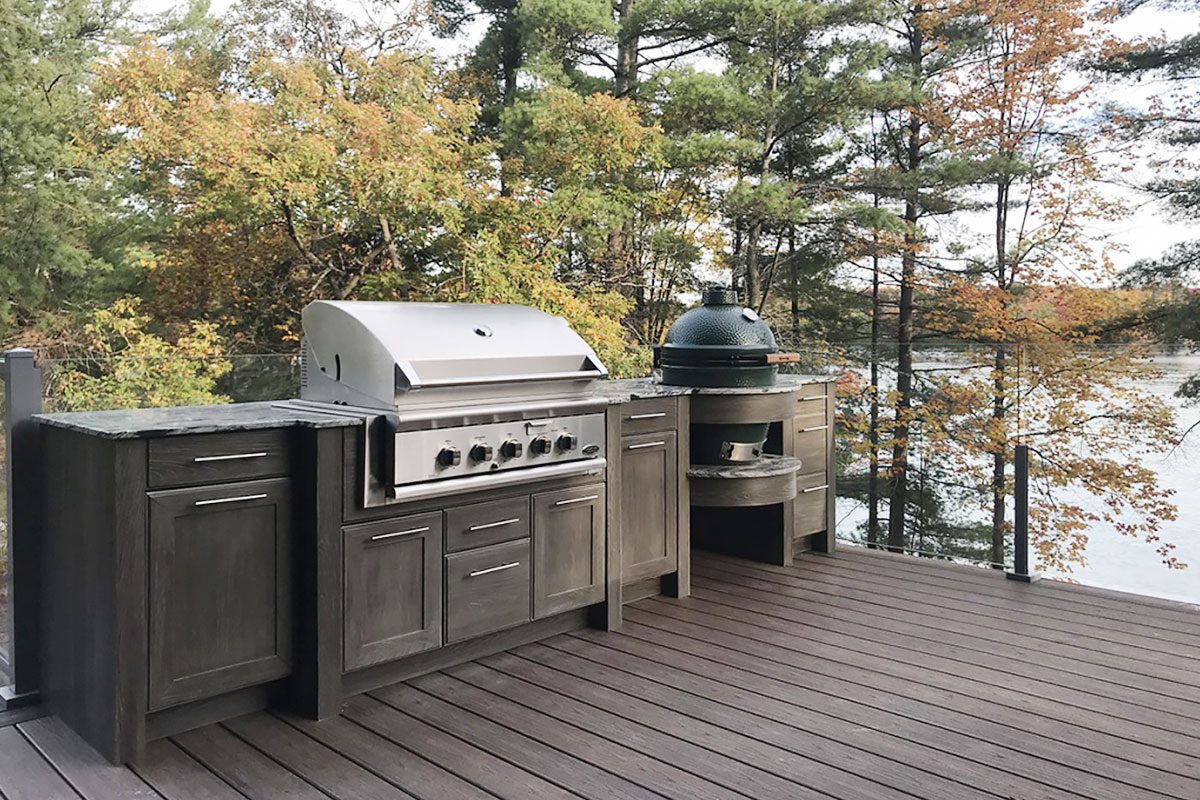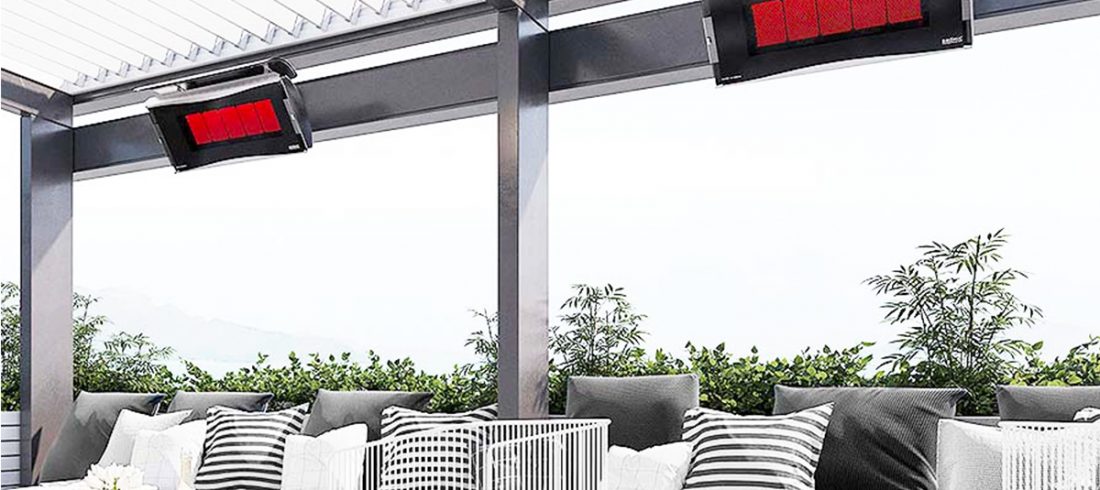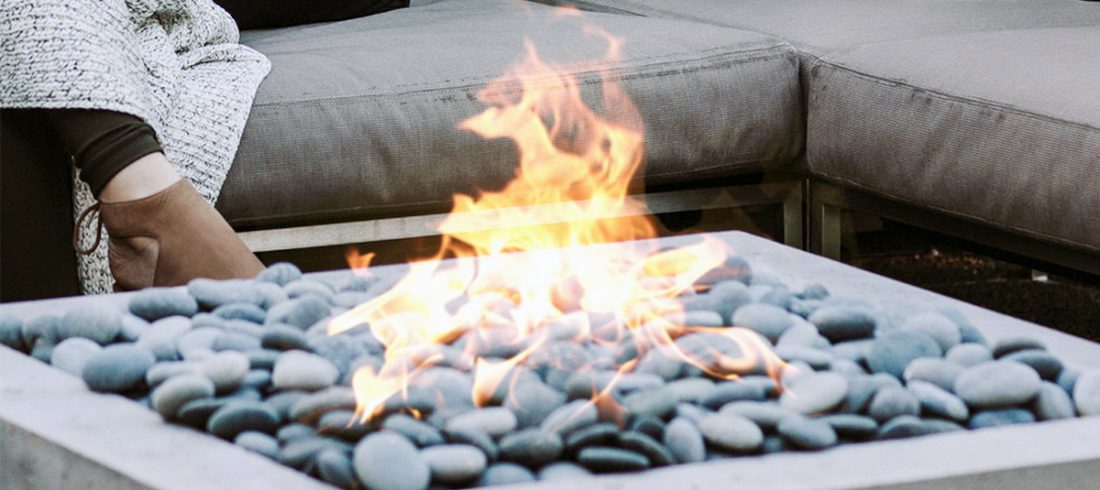An outdoor kitchen can be a fantastic addition to any home, providing a space for entertaining guests, cooking meals, and enjoying the great outdoors. However, before you start planning your outdoor cooking and dining area, there are several important factors to consider. From the size and layout of your outdoor space to the types of appliances and materials you choose, making informed decisions will ensure that your outdoor kitchen is functional, practical, and enjoyable for years to come. In this article, we’ll explore six key considerations to keep in mind as you plan and design your outdoor kitchen, helping you create a space that meets your needs and suits your style.
Budget
One of the most important factors to consider before buying an outdoor kitchen is your budget. Outdoor kitchens can range in price from a few thousand dollars to tens of thousands of dollars, depending on the size, materials, appliances, and other features you choose. It’s essential to establish a realistic budget and stick to it as you plan and design your outdoor kitchen. Consider what elements are most important to you and prioritize those within your budget. Keep in mind that there may be additional costs beyond the initial installation, such as maintenance and repairs, so factor those into your overall budget as well. By carefully considering your budget before starting your project, you can create an outdoor kitchen that fits your financial situation while still meeting your needs and expectations.
Custom Build vs Stock Solution
Another important consideration when buying an outdoor kitchen is whether to opt for a custom build or a stock solution. Custom-built outdoor kitchens offer the advantage of being tailored to your specific needs and preferences, allowing you to create a unique design that perfectly fits your space and style. However, custom builds can be more expensive and may take longer to install than pre-built or stock solutions.
On the other hand, stock outdoor kitchens offer a more affordable and convenient option, as they typically come pre-designed and pre-fabricated, making installation quicker and easier. They also often come with a variety of standard features and options, giving you some flexibility to choose the elements that best suit your needs.
When deciding between custom and stock solutions, consider your budget, timeline, and personal preferences. If you have specific design or functionality requirements, a custom build may be the best option, but if you’re looking for a more affordable and straightforward solution, a stock outdoor kitchen may be the way to go.
Appliances
There are many different types of appliances available for outdoor kitchens, including grills, refrigerators, sinks, ovens, and more. Choosing the right appliances for your outdoor kitchen will depend on your specific needs and preferences, as well as your budget.
Here are some of the most common ones:
Grill: A grill is the centerpiece of most outdoor kitchens, and there are many options available, including gas, charcoal, and pellet grills.
Refrigerator: An outdoor-rated refrigerator provides a convenient place to store food and drinks without having to go inside.
Sink: A sink is essential for food preparation and cleanup, allowing you to rinse off fruits and vegetables and wash dishes.
Side burner: A side burner is a separate burner located next to the grill, allowing you to cook side dishes or heat up sauces while grilling.
Outdoor-rated oven: An outdoor-rated oven allows you to bake or roast foods in your outdoor kitchen.
Smoker: A smoker is a specialized appliance that allows you to smoke meats, fish, and other foods for a unique flavor.
Warming drawer: A warming drawer keeps food warm while you finish cooking other dishes or wait for guests to arrive.
Ice maker: An outdoor ice maker provides a steady supply of ice for drinks and cocktails.
Beverage center: A beverage center can be used to store and chill drinks, as well as provide a space to mix and serve cocktails.
Pizza oven: A pizza oven allows you to make authentic, wood-fired pizzas in your outdoor kitchen.
Layout
The layout of your outdoor kitchen is an essential consideration when planning your project. The layout should be both functional and aesthetically pleasing, providing you with enough space to cook, eat, and entertain guests comfortably.
One of the first things to consider when designing your layout is the size and shape of your outdoor space. If you have a small area, you may need to be creative with the layout to ensure that you can fit in all the appliances and features you want. Alternatively, if you have a larger space, you may want to divide the outdoor kitchen into different zones, such as a cooking area, a dining area, and a bar area.
When designing your layout, consider the flow of traffic and ensure that there is enough space for people to move around comfortably. Make sure that the appliances and features are located in logical places, such as placing the grill near the dining area for easy access.
Another important consideration is the placement of electrical and plumbing connections, which may affect the placement of your appliances and fixtures. Plan your layout with these connections in mind to ensure that everything is properly installed and meets local building codes.
The layout of your outdoor kitchen should be designed to meet your specific needs and preferences, as well as your budget and available space. Take the time to plan and design your layout carefully, and consider consulting with a professional designer or contractor to ensure that your outdoor kitchen is functional, practical, and beautiful.
Location
The location of your outdoor kitchen is a crucial factor to consider when planning your project. The right location will provide you with a functional and enjoyable space to cook, eat, and entertain guests, while the wrong location can lead to practical difficulties and may negatively impact your overall enjoyment of the space.
Here are some key factors to consider when selecting the location of your outdoor kitchen:
Accessibility: Your outdoor kitchen should be easily accessible from your indoor kitchen and dining area, so you can easily transfer food and supplies back and forth.
Ventilation: It’s essential to ensure that your outdoor kitchen has proper ventilation to prevent smoke, fumes, and odors from accumulating and affecting your enjoyment of the space.
Sun exposure: Consider the sun exposure in the area where you plan to locate your outdoor kitchen. You may want to select a spot that provides shade during the hottest parts of the day, or consider adding a pergola or other shade structure.
Wind protection: Wind can be a major factor when cooking outdoors, so consider a location that is protected from strong winds.
Views: You may want to choose a location that offers a great view of your yard or surrounding landscape.
Noise: Consider whether the location is near any noisy areas, such as a busy road or neighbor’s yard, as this can impact your enjoyment of the space.
Utilities: Check the availability of utilities, such as electricity, gas, and water, in the location where you plan to build your outdoor kitchen.
By carefully considering these factors, you can select a location for your outdoor kitchen that provides a functional and enjoyable space for cooking, eating, and entertaining.
Delivery & Installation
Delivery and installation are important factors to consider when planning your outdoor kitchen project. Depending on the complexity of your design and the appliances and features you choose, you may need professional assistance to properly install and connect everything.
Here are some things to consider when planning for delivery and installation:
Delivery: Make sure you have adequate access to your backyard or outdoor space for delivery of appliances and materials. It’s a good idea to measure all doorways, gates, and pathways to ensure that everything will fit through.
Installation: Depending on the complexity of your project, you may want to consider hiring a professional contractor to install your outdoor kitchen. This can ensure that everything is properly connected and installed according to local building codes.
Electrical and Plumbing: If your outdoor kitchen requires electrical or plumbing connections, you will need to have a professional install them to ensure safety and compliance with building codes.
Permits: Depending on where you live, you may need permits for the installation of your outdoor kitchen. Make sure to research local regulations and obtain any necessary permits before beginning construction.
Timing: Plan for adequate time for delivery and installation of your outdoor kitchen, especially if you’re hiring professionals. Consider any lead times for ordering appliances or materials and plan accordingly.
By carefully considering delivery and installation, you can ensure that your outdoor kitchen is properly installed, connected, and ready to use. This will help you avoid any potential safety hazards and ensure that your outdoor kitchen is compliant with local building codes.
Safety & Care
Safety and care are critical considerations when planning and using an outdoor kitchen. Here are some things to keep in mind:
Fire Safety: Outdoor kitchens often involve open flames from grills, smokers, and other cooking appliances. Make sure you follow proper safety procedures to avoid fires, such as keeping flammable materials away from the cooking area and using a fire extinguisher rated for outdoor use.
Electrical Safety: If your outdoor kitchen has electrical appliances or lighting, make sure all electrical connections are properly grounded and GFCI-protected to prevent electric shock.
Gas Safety: If your outdoor kitchen uses a gas-powered grill or stove, make sure all gas connections are properly installed and checked for leaks by a licensed professional.
Cleaning and Maintenance: Regular cleaning and maintenance are essential to keep your outdoor kitchen in good condition and prevent safety hazards. Follow the manufacturer’s instructions for cleaning your appliances and fixtures, and inspect them regularly for any signs of damage or wear and tear.
Weather Protection: Protect your outdoor kitchen from the elements by covering it when not in use, especially during the winter months. Consider using weather-resistant materials when building your outdoor kitchen to ensure its durability and longevity.
Personal Safety: Use caution when using knives, sharp utensils, and hot surfaces in your outdoor kitchen. Make sure children are supervised at all times, and keep them away from cooking areas to prevent accidents.
By following these safety and care guidelines, you can ensure that your outdoor kitchen is a safe and enjoyable space for cooking, eating, and entertaining. Regular maintenance and upkeep will also help you avoid costly repairs and keep your outdoor kitchen looking and functioning at its best for years to come.





